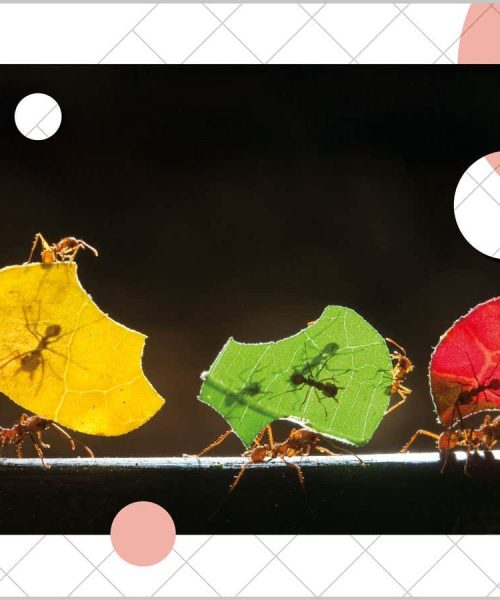
Ancient Egyptian papyrus scrolls can be damaged by fungi
Paul Williams / Alamy
Wasabi vapours are potent enough to kill fungi growing on painted papyrus fragments – all without damaging the fragile artefacts or altering the appearance of their vivid colours.
The unique disinfecting strategy could help archaeologists and museums preserve documents written on paper made from the papyrus plant, a material used for thousands of years in ancient Egypt, Greece and the Roman Empire. “The bio-deterioration of papyri is a worldwide problem,” says Hanadi Saada at the Grand Egyptian Museum in Egypt.
Fungus can damage delicate papyrus, but some disinfectants can be just as harmful. So Saada and her colleagues are studying less harsh “green” treatments. In this experiment, they mixed up a paste of wasabi – the popular Japanese condiment derived from a plant related to horseradish and mustard – and placed it on aluminium foil next to papyrus samples.
Advertisement
Instead of risking historical papyrus artefacts, the researchers prepared replicas for the experiment. The modern papyrus samples were painted different colours, such as red, yellow and blue, and then heated to 100°C (212°F) in an oven for 120 days to simulate the natural ageing of papyrus over 1000 years. Finally, they were exposed to several fungal species that are known to infest archaeological papyri.
After three days, the wasabi treatment had eliminated the fungal contamination without impacting the papyrus samples’ pigments. A follow-up check one month later showed the same result.
Current papyrus storage methods involve folders lined with special blotting material to protect against humidity changes, which provide a “passive way of preventing fungal growth and deterioration”, says Jessica Byler at the Penn Museum in Pennsylvania.
But Byler acknowledges that fungal prevention is not always guaranteed using the standard methods, and so “our team of conservators are interested to learn more about innovative eco-friendly techniques within the field of conservation”.
The Grand Egyptian Museum team plans to go ahead with using the wasabi treatment for archaeological papyri. The researchers will also test whether the spicy condiment is equally effective at disinfecting other artefacts made from wood, paper and textiles.
Topics:





